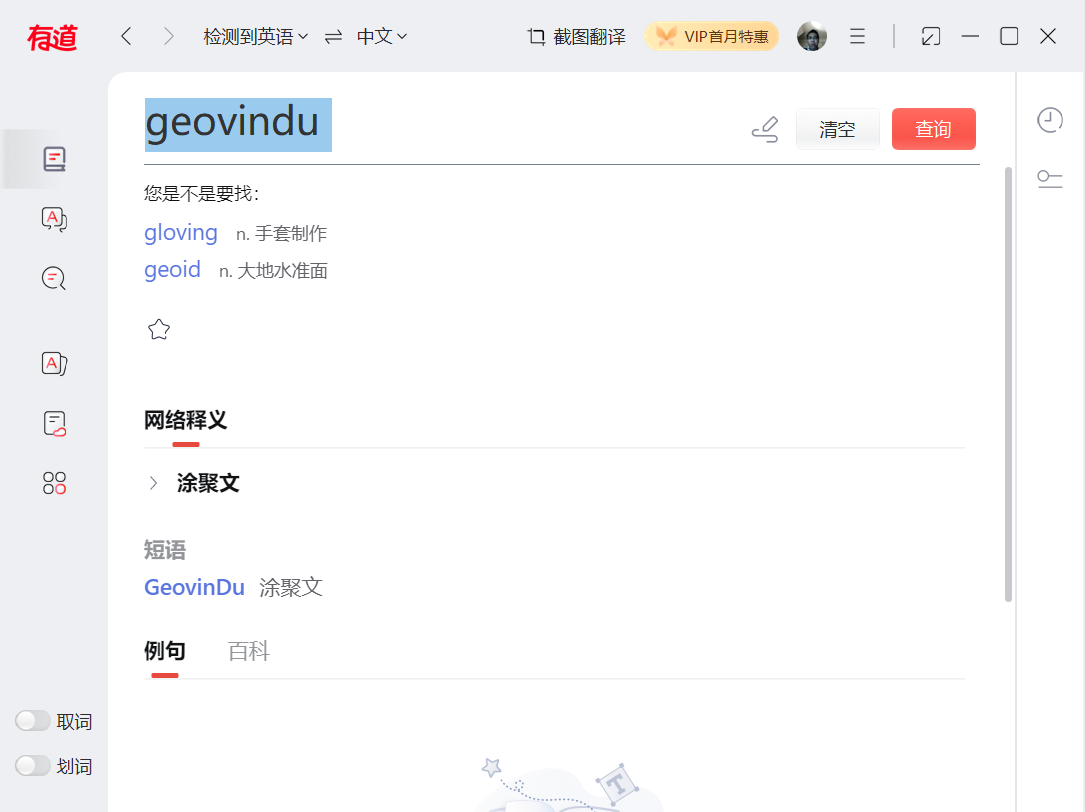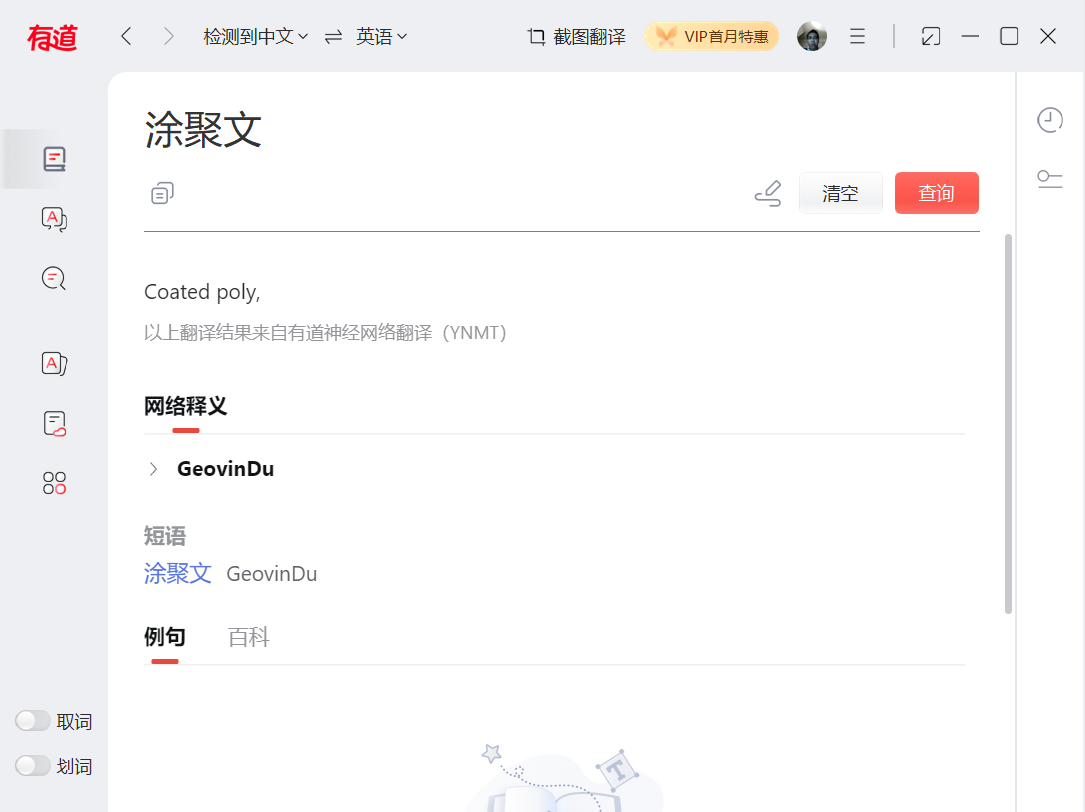DuComposite.py
# 组合模式 Composite Pattern
from __future__ import annotations
from abc import ABC, abstractmethod
from typing import List
class Component(ABC):
"""
The base Component class declares common operations for both simple and
complex objects of a composition.
"""
@property
def parent(self) -> Component:
return self._parent
@parent.setter
def parent(self, parent: Component):
"""
Optionally, the base Component can declare an interface for setting and
accessing a parent of the component in a tree structure. It can also
provide some default implementation for these methods.
"""
self._parent = parent
"""
In some cases, it would be beneficial to define the child-management
operations right in the base Component class. This way, you won't need to
expose any concrete component classes to the client code, even during the
object tree assembly. The downside is that these methods will be empty for
the leaf-level components.
"""
def add(self, component: Component) -> None:
pass
def remove(self, component: Component) -> None:
pass
def is_composite(self) -> bool:
"""
You can provide a method that lets the client code figure out whether a
component can bear children.
"""
return False
@abstractmethod
def operation(self) -> str:
"""
The base Component may implement some default behavior or leave it to
concrete classes (by declaring the method containing the behavior as
"abstract").
"""
pass
class Leaf(Component):
"""
The Leaf class represents the end objects of a composition. A leaf can't
have any children.
Usually, it's the Leaf objects that do the actual work, whereas Composite
objects only delegate to their sub-components.
"""
def operation(self) -> str:
return "叶子"
class Composite(Component):
"""
The Composite class represents the complex components that may have
children. Usually, the Composite objects delegate the actual work to their
children and then "sum-up" the result.
"""
def __init__(self) -> None:
self._children: List[Component] = []
"""
A composite object can add or remove other components (both simple or
complex) to or from its child list.
"""
def add(self, component: Component) -> None:
self._children.append(component)
component.parent = self
def remove(self, component: Component) -> None:
self._children.remove(component)
component.parent = None
def is_composite(self) -> bool:
return True
def operation(self) -> str:
"""
The Composite executes its primary logic in a particular way. It
traverses recursively through all its children, collecting and summing
their results. Since the composite's children pass these calls to their
children and so forth, the whole object tree is traversed as a result.
"""
results = []
for child in self._children:
results.append(child.operation())
return f"分枝({'+'.join(results)})"
def client_code(component: Component) -> None:
"""
The client code works with all of the components via the base interface.
"""
print(f"结果: {component.operation()}", end="")
def client_code2(component1: Component, component2: Component) -> None:
"""
Thanks to the fact that the child-management operations are declared in the
base Component class, the client code can work with any component, simple or
complex, without depending on their concrete classes.
"""
if component1.is_composite():
component1.add(component2)
print(f"结果: {component1.operation()}", end="")
main.py
调用:
# 组合模式 Composite Pattern
# This way the client code can support the simple leaf components...
simple = DuComposite.Leaf()
print("客户端: 我有一个简单的组件:")
DuComposite.client_code(simple)
print("\n")
# ...as well as the complex composites.
tree = DuComposite.Composite()
branch1 = DuComposite.Composite()
branch1.add(DuComposite.Leaf())
branch1.add(DuComposite.Leaf())
branch2 = DuComposite.Composite()
branch2.add(DuComposite.Leaf())
tree.add(branch1)
tree.add(branch2)
print("客户端: 现在我有了一个合成树:")
DuComposite.client_code(tree)
print("\n")
print("客户端: 我不需要检查组件类,即使在管理树:")
DuComposite.client_code2(tree, simple)
输出:
客户端: 我有一个简单的组件: 结果: 叶子 客户端: 现在我有了一个合成树: 结果: 分枝(分枝(叶子+叶子)+分枝(叶子)) 客户端: 我不需要检查组件类,即使在管理树: 结果: 分枝(分枝(叶子+叶子)+分枝(叶子)+叶子)

